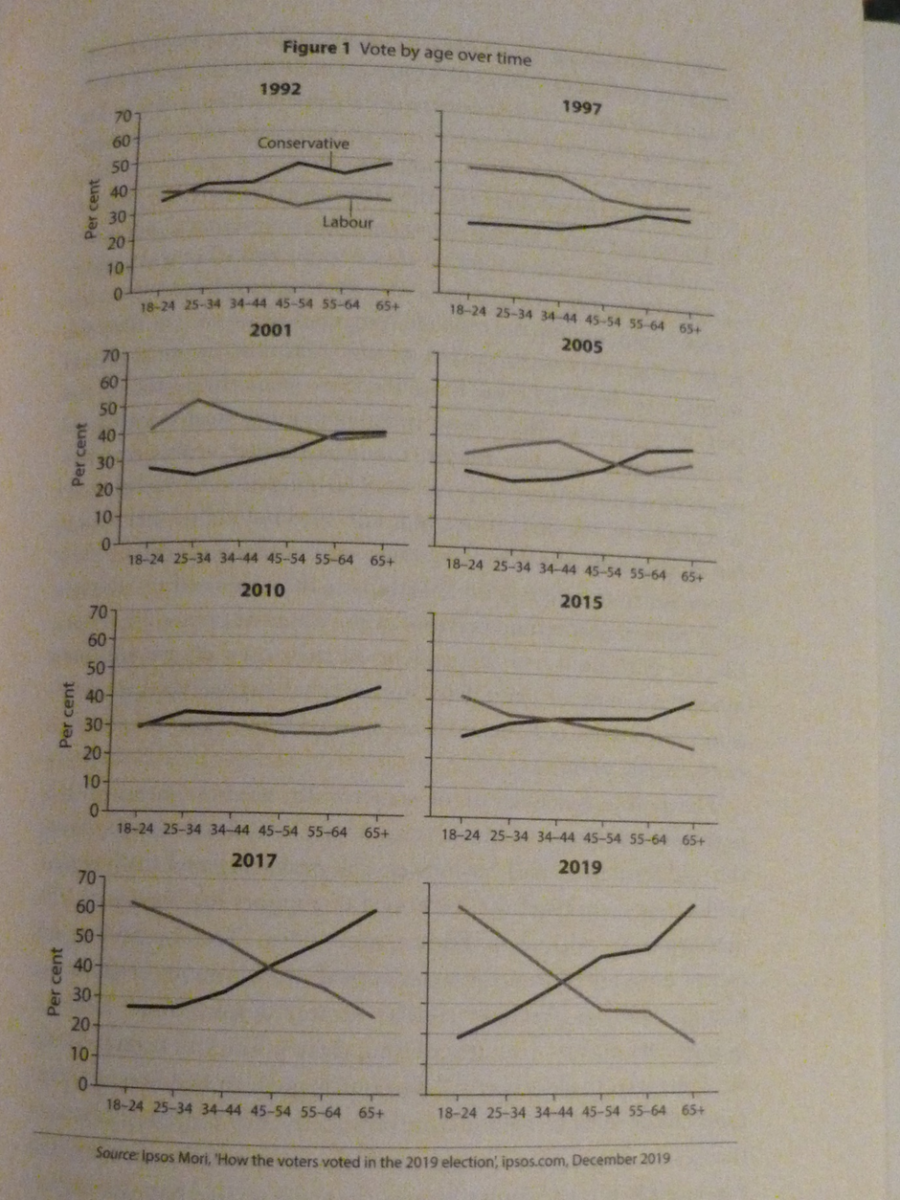THE CONSERVATIVE PARTY AND THE DECLINE OF TORY BRITAIN by PHIL BURTON-CARTLEDGE
VERSO 2021
The author argues that the Left has ignored the Tory Party and its historical decline. He has a point, we often see just the particular moment, policy or activity that has affected opinion polls and elections. We do not usually look at it over the long term, either historically or in the future.
We are much more prone to do this with the Labour Party. Although even there we soon forget the basis, for example of Corbynism, and just deal with the present situation. The entire media tries to create, this loss of history, saying it was just a blip.
The book deals with Toryism from Thatcher to the present. It looks at each government. How Thatcher expanded house ownership, through Council House sales, and even share ownership through privatisation. This cost nothing because it was a sale of state assets, but of course, it is limited and has created the housing shortage and the rising rents of today. He even says it helped create landlords who own a small number of properties. Also, it cannot be repeated.
He sees age or generation as a major factor in Tory support. Many older people who have brought their houses and have company pensions, even the retired working class, want stability, not change, so they are prone to vote Tory. But the young are offered nothing. The following table from the book shows this:

This table shows age was a major factor in the 2010 election, in 2015 it was decisive, then in 2017 and 2019, it was very significant, with virtually no support for the Tories amongst the young, while they completely dominate amongst the older voters. There has been virtually no coverage of this in the media. Interestingly he shows young people in the so-called Red Wall seats had moved away from these areas to the major cities
This age issue did not totally apply during the Blair years, as he offered continuity of Thatcherism, with tweaks.
His government followed John Major’s divided and crisis-ridden government. On ‘Black Wednesday’, when the economy nearly collapsed, the UK was ejected from the Exchange Rate Mechanism, interest rates went up to 12% and on the same day, another 30,000 mine worker jobs were lost. The Tory support collapsed
So in a way, Tony Blair saved the Tories, but the deciding factor was the support of Rupert Murdoch. The Sun went with Blair and stayed with Labour up until Gordon Brown became Prime Minister, when it supported David Cameron.
The support of the media has always been vital, even given declining paper sales etc. The TV generally follows the agenda established by the newspapers and have extensive press review programmes.
Another big sign of the weakness of the Tories is its decline in membership. From a post-war high of 2.5 million to a questionable present figure of 190,000. This means they rely more on the media and big donations for paid-for advertising. They have very few foot soldiers.
The book deals with each of the leaderships since Thatcher, from the replacement of Thatcher by Major, to William Hague, Iain Duncan Smith, and Michael Howard, then Cameron, Theresa May and Boris Johnson. They carried out a few changes in structure, such as the form of membership involvement in leadership elections. They have a disciplinary process that seems to involve one person, which I still cannot fully understand, that led for example to a position where Johnson removed all MPs opposed to him. Basically, they remain a completely centralised organisation. This is a strength in a one-slogan election, like ‘Get Brexit Done’, and with a leader whom the media gave an easy ride. A leader who falls to pieces in other situations.
But the writer sees Tory strength as the lack of opposition. He cites Starmer’s deference to Johnson’s activities during Covid. The government management and leadership have been disastrous but Labour did not take any advantage.
On the other hand, since the Labour Party has an element of democracy its divisions were harder to overcome and the Corbyn leadership was unable to stamp its authority in the same way as Johnson. Consequently, in the 2019 election, it had no chance of winning, especially with many of their MPs openly hostile to their leader.
Some interesting facts, Cameron’s 2010 election victory was with just over 30% of the vote was a tiny fraction below Blair’s last victory, it was the lowest ever for a Prime Minister (Corbyn’s 2019 vote was 32%). It shows that the first past the post system is the only way the Tories continue to survive.
If you want a reminder of recent periods, particularly details of elections, especially for putting the 2019 election into perspective, this is a useful book. It does not really analyse the class struggle. Our enemy is not just the Tory Party, but it is the major party of the ruling class and it has big weaknesses.
Art Book Review Books Campism Capitalism China Climate Emergency Conservative Government Conservative Party COVID-19 Creeping Fascism Economics EcoSocialism Elections Europe Far-Right Fascism Film Film Review Fourth International France Gaza History Imperialism Iran Israel Italy Keir Starmer Labour Party Long Read Marxism Marxist Theory Migrants Palestine pandemic Police Protest Russia Solidarity Statement Trade Unionism Trans*Mission Ukraine United States of America War

